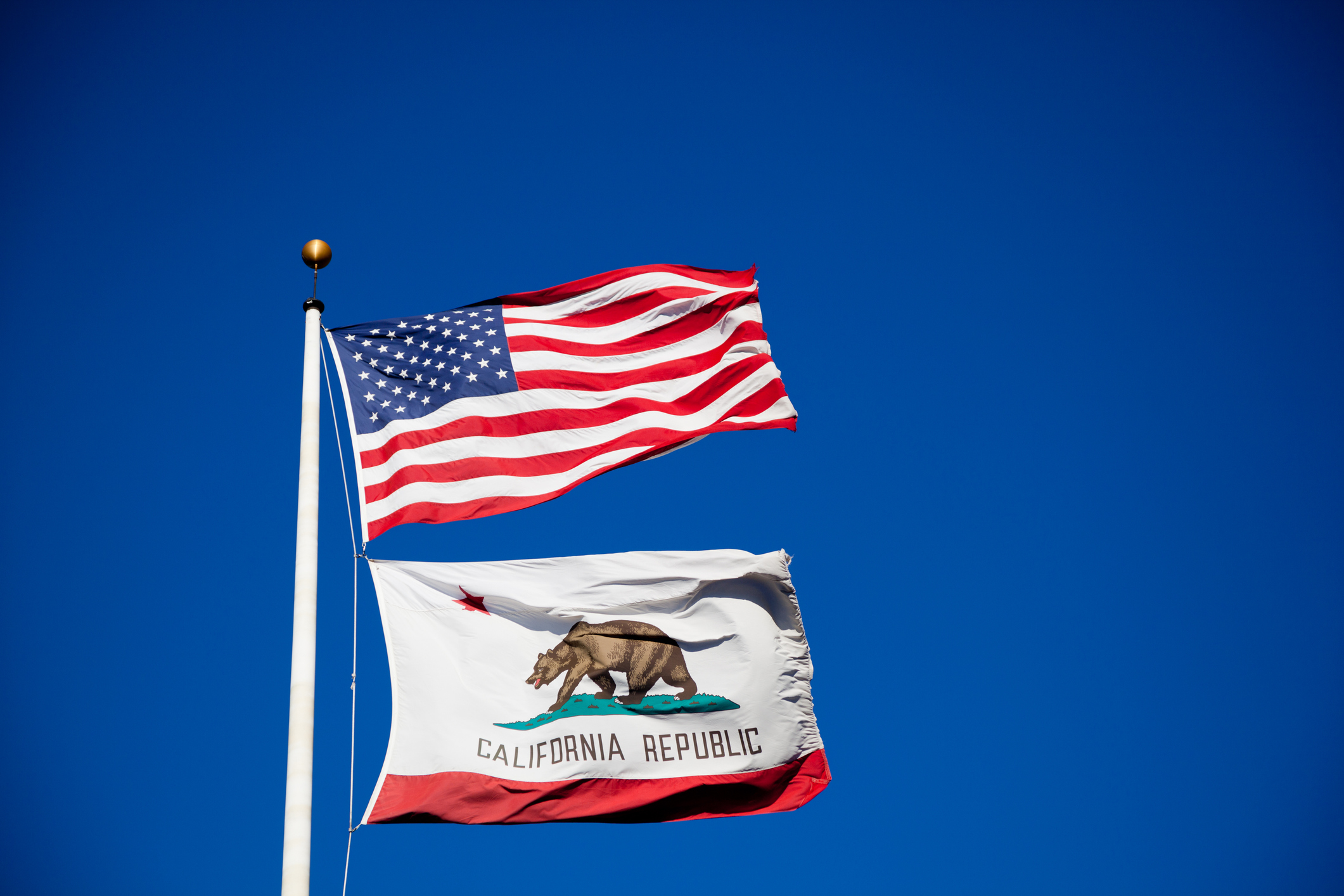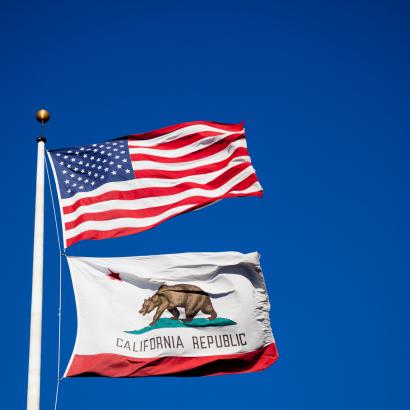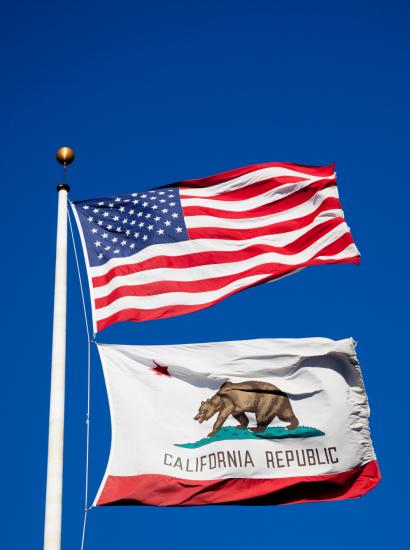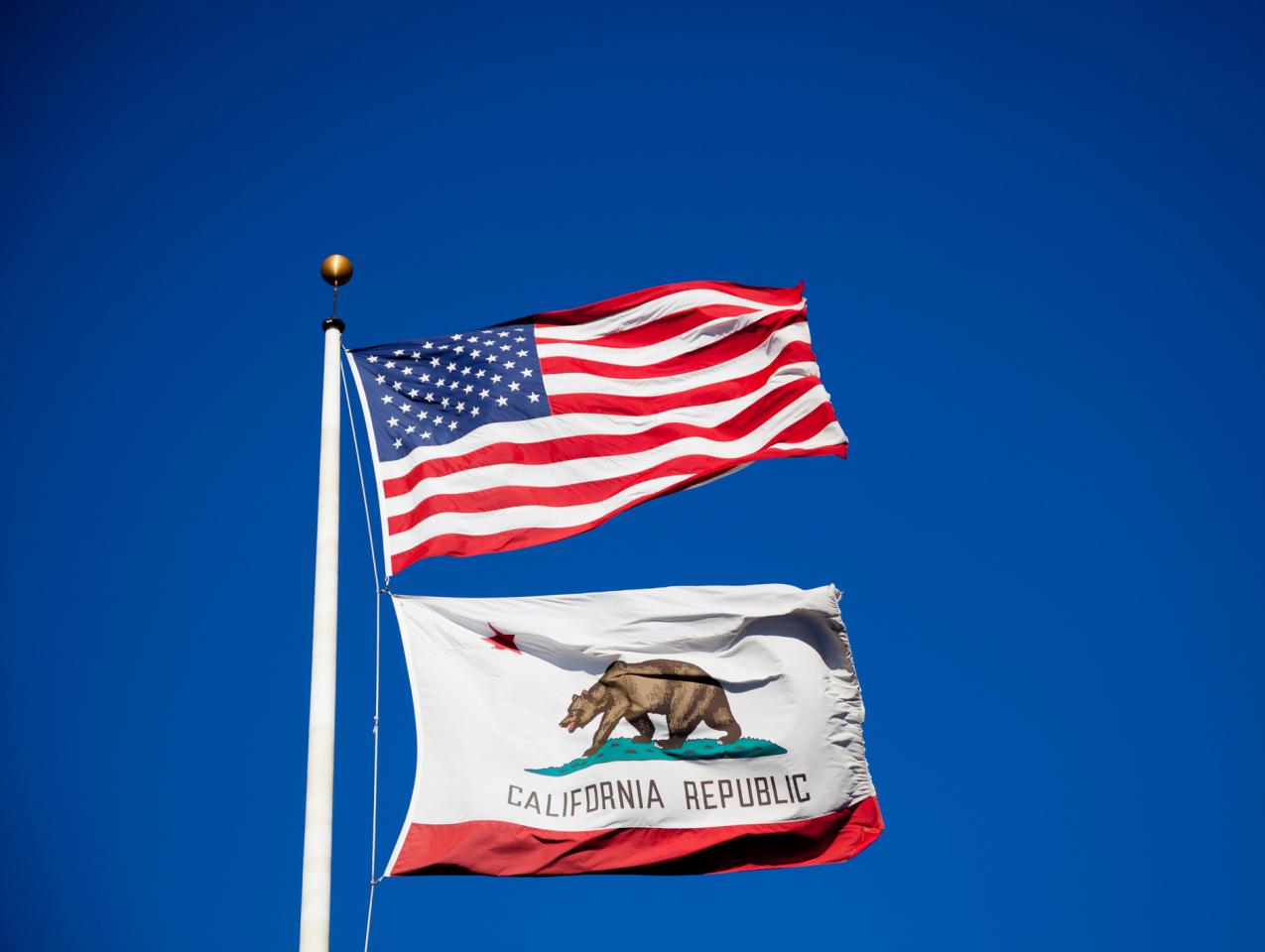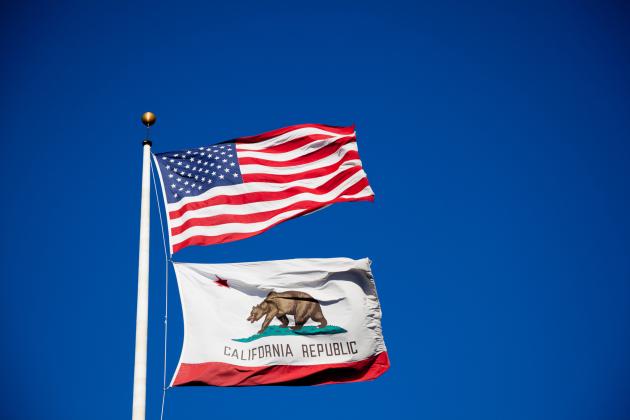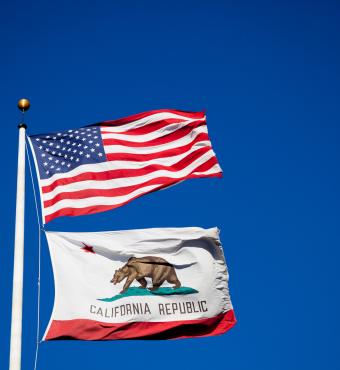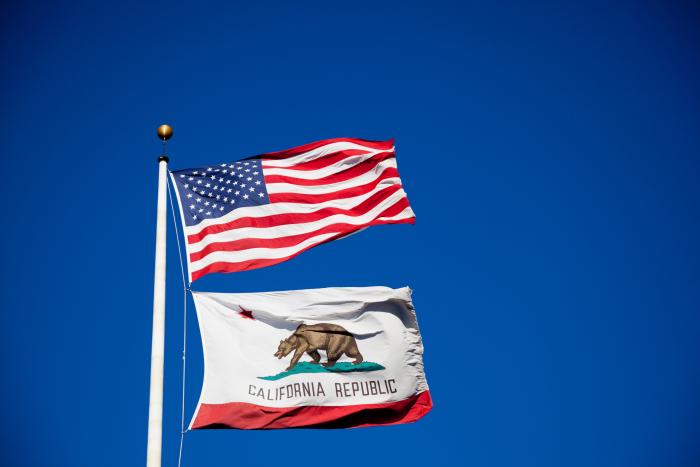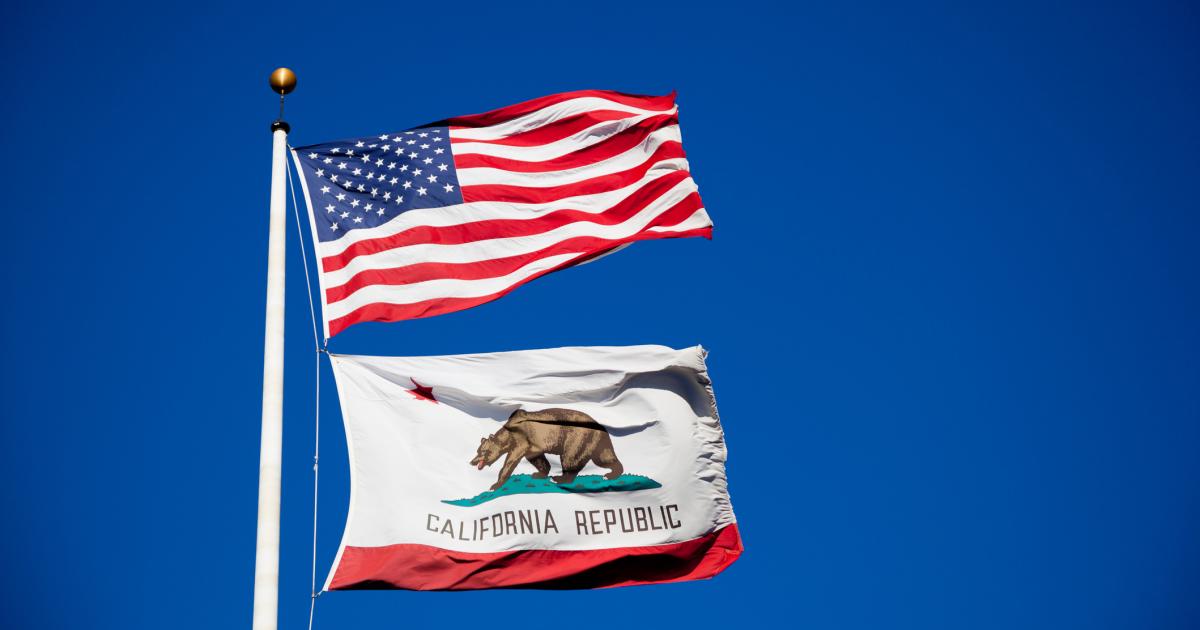- Politics, Institutions, and Public Opinion
- State & Local
- California
Difficult though it may be to fathom for Californians unfamiliar with harsh driving conditions, common sense dictates turning with a skid—not against it—when a vehicle starts to lose its traction.
Perhaps that explains Gov. Gavin Newsom’s reaction to the growing consensus that a recall election against him is now a matter of when, not if, at some point in 2021.
Faced with ominous signature-gathering numbers from displeased Californians requesting a recall vote, Newsom didn’t turn “against” the skid—i.e., all of a sudden play down his progressive slant and refashion himself a cautionary centrist. Instead, California’s governor went on a media blitz directed at his Democratic base.
What did Newsom, now clearly in survival mode, do exactly?
First, there was a coordinated effort on the part of prominent Democrats in California and nationwide to dismiss the recall drive as the stuff of extremists. Also included in the rollout: this ad, paid for by a pro-Newsom group, linking anti-Newsom forces in California to “violent white supremacists like the Proud Boys, who attacked our nation’s Capitol on January 6th.”
Newsom also took part in the offensive. But in doing so, he did two things that were . . . well, more than a little offensive.
Appearing on CNN, Newsom lamented the hell of being a parent and experiencing “Zoom school”—an extension of this passage from his recent State of the State address: “Look, Jen and I live this as parents of four young children. Helping them cope with the fatigue of ‘Zoom school.’ The loneliness of missing their friends. Frustrated by emotions they don’t fully understand.”
The problem with said pathos: reporters who checked with “Jen”—aka California First Partner Jennifer Siebel Newsom—were informed that, since last fall, the governor’s progeny have attended a private school in the Sacramento area that offers in-person classes five days a week for pre-kindergarten and elementary pupils, plus three or four days a week for the schools’ upper grades.
Oops.
Newsom’s other misstep: prematurely tossing dirt on Sen. Dianne Feinstein’s political grave by speculating on whom he’d appoint as her successor should the 87-year-old Feinstein opt to retire before her term expires in 2024.
Newsom’s choice, when asked by MSNBC’s Joy Reid if it would be a Black woman (which Reid is): “I have multiple names in mind. We have multiple names in mind—and the answer is yes.”
The problem with this what-if: there’s no sign that Feinstein is planning on an early retirement. Indeed, trying to push her out the door might result in a replay of what Democrats experienced in 2014, when, fearing the imminent loss of the US Senate to Republicans, pressure began to build on the late Supreme Court justice Ruth Bader Ginsburg to retire so a Democratic-controlled Senate could replace her with a like-minded justice (this included RBG being invited to the White House for a private lunch with President Obama).
What did the Left get for trying to strong-arm an octogenarian woman into abandoning a job she clearly relished? Six more years of Ginsburg on the bench, until her death last September.
If Newsom truly wanted Feinstein to retire, common sense dictates that he should ease off the retirement talk and let the senator choose her own path (there is a rumor, which Feinstein has dismissed, that she might change her mind and leave the Senate should her husband land an ambassadorial post—as you’ll see here, there are plenty of available A-list appointments in the likes of London, Paris, and Berlin).
But California’s governor may have had another motive in mind as he played up the likelihood of his appointing a Black woman to replace Feinstein: mounting his recall defense.
A look back at the 2003 California recall vote and a Los Angeles Times exit poll shows nearly four-fifths of Black women and a majority of Latinas opposing the recall of then governor Gray Davis, while a majority of White women voted to give Davis the boot.
Per this study of prior California elections, Davis was a particularly vulnerable incumbent come the time of the recall vote. The governor had been re-elected to a second term in November 2002, but with weaker support across the board than in the previous election. Compared to his first gubernatorial win, in 1998, Davis’s support fell 8% among White voters, 6% among Latinos, and 11% among Asian voters. However, Davis’s support among Black voters actually increased three points, from 76% to 79%.
The problem for Davis in a recall election that saw a larger turnout percentagewise among non-White ethnic groups than in his previous year’s campaign (27.5% in October 2003 vs. 26% in November 2002): there weren’t not enough Black voters to save him from a public ouster.
The Davis recall election saw White Californians constituting 72.5% of the vote (down from 74% the previous November) and the Asian portion unchanged at 7%. However, while the Latino share grew from 12% to 14%, the Black portion grew at only half that pace (from 6% to 6.5%).
Again, common sense and turning into the skid: in order to survive a recall vote, it’s wise for Newsom to start with that portion of his party’s base that proved to be especially loyal the last time an embattled Democratic governor found himself in such a fix. In that special election, both Black and Asian voters voted against the recall at virtually the same rate they’d supported the governor the previous year, while Latino support was down 10%.
Or there’s one other theory as to why Newsom would play the Feinstein guessing game: he wants to be this century’s William Cameron Sproul, the Pennsylvania governor who made three US Senate appointments during a 19-month stretch in the early 1920s.
Newsom’s term has another to year to go, but since the November election he’s appointed a Senate successor for Kamala Harris and a new California secretary of state after elevating Alex Padilla to Harris’s former seat.
Now that Xavier Becerra has been confirmed as the head of the federal Department of Health and Human Services, Newsom gets to choose a new state attorney general (among those angling for the appointment: Rep. Adam Schiff, of Trump impeachment fame). Feinstein’s early Senate departure would give Newsom a fourth square to occupy in this game of political blackout bingo.
I’d like to suggest a change to present California law that would spare us the indignity of Feinstein getting swept up in Newsom’s political misfortune. And that would be amending the state’s US Senate succession rules.
While California is one of 36 states that allow a governor to make interim Senate appointments through the next general election, only six states—Arizona, Hawaii, Maryland, North Carolina, Utah, and Wyoming—have a “same party” provision requiring the appointed senator to politically identify the same as his or her predecessor.
Apply that standard to California and Newsom is deprived of a talking point on the campaign trail: do you want to risk having me recalled in favor of a Republican governor who’d choose another Republican as California’s next senator?
And it might spare the governor the embarrassment of one of Feinstein’s defenders suggesting the following: that the senator run as a recall candidate (she pondered doing so in 2003) and, should she prevail, choose her own Senate successor.
Forget about the governor turning into the skid. He needs to stop side-swiping other motorists.







